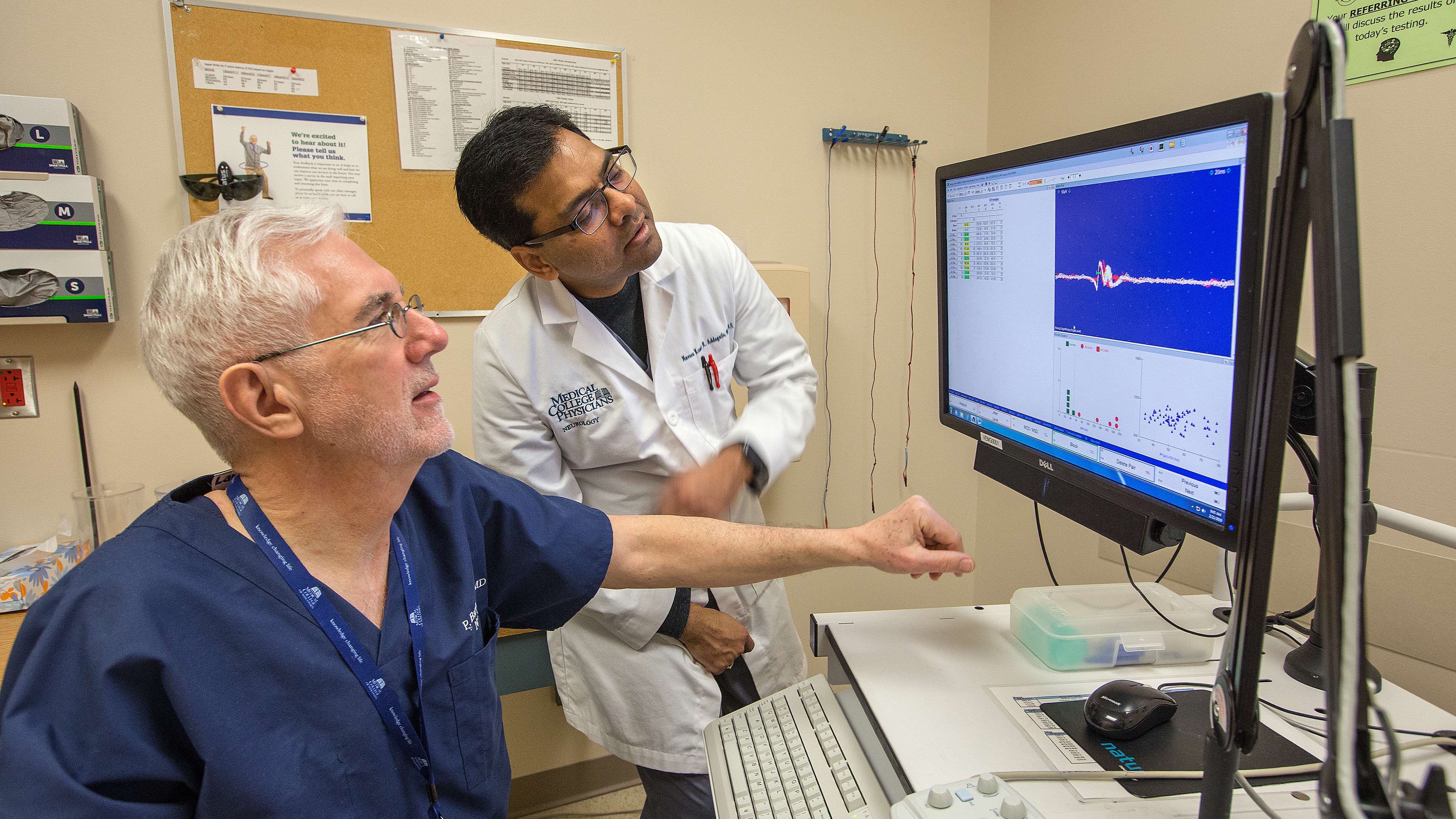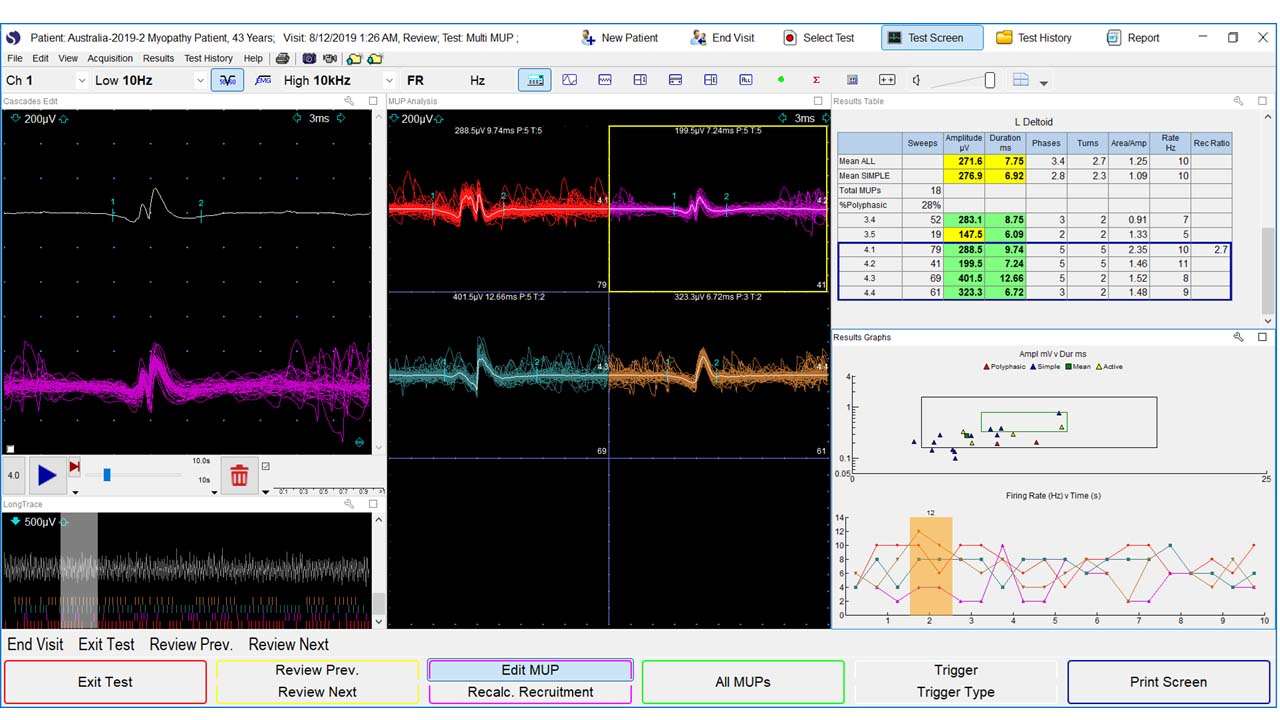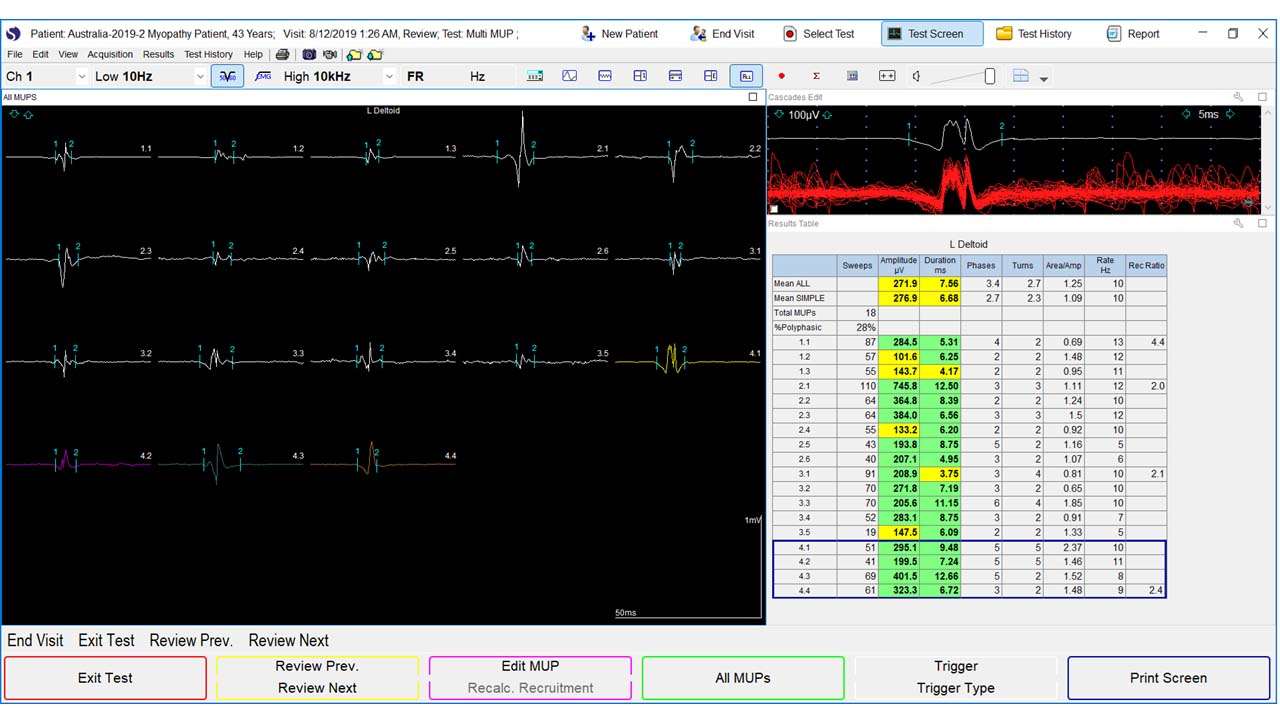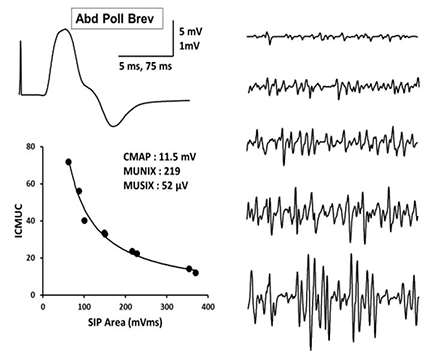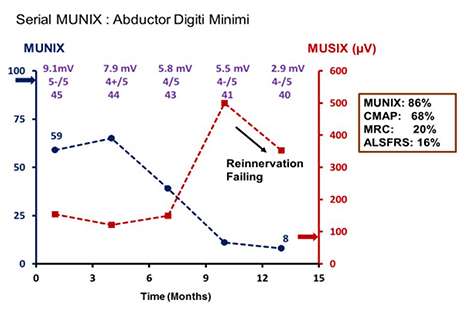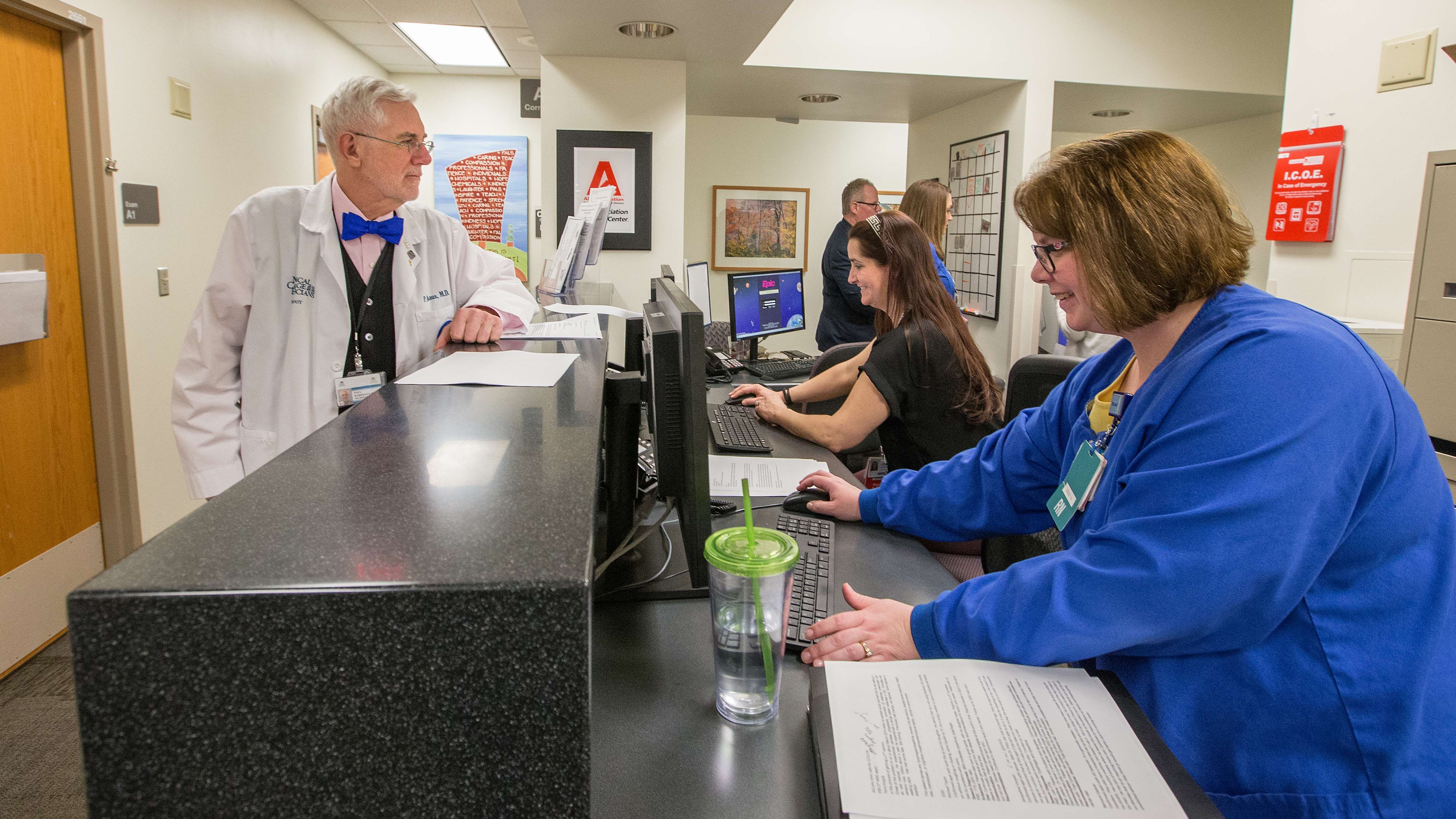Medical College of Wisconsin Neuromuscular & Autonomic Disorders Research
This group focuses on dysautonomias associated with pain such as functional abdominal pain, irritable bowel syndrome, interstitial cystitis, postural tachycardia syndrome, fibromyalgia, and cyclic vomiting syndrome, as well as clinical trials of pharmacological agents for slowing the progression of Amyotrophic Lateral Sclerosis (ALS) and other neuromuscular diseases.
Meet Our Team

Naveen K. Addagatla, MBBS
Staff Physician

Paul E. Barkhaus, MD
Professor

Michael P. Collins, MD
Professor

Dominic B. Fee, MD
Vice Chair

Juan Jose Figueroa, MD
Assistant Professor

Matthew Harmelink, MD
Chief, Associate Professor
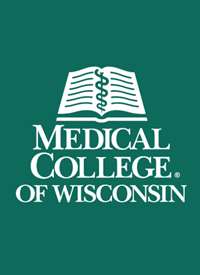
Sanjeev D. Nandedkar, PhD
Adjunct Professor

David Shirilla, DO
Assistant Professor
Clinical Neurophysiology (EMG) Lab Highlighted Studies
Primary investigators are Paul E. Barkhaus, MD, and Sanjeev D. Nandedkar, PhD. This research has involved numerous specific projects over the past 35 years. Recordings are made from control subjects or those with neuromuscular disorders to address research questions in various aspects of nerve conductions and needle electromyography. Recordings are made in a standard conventional manner or modified in order to further refine a standard technique. All studies meet the requirements of the MCW Human Studies Committee. Most recordings are made with commercially available electromyograph systems. Some studies have received the support of the Greater Milwaukee Foundation.
Amyotrophic Lateral Sclerosis (ALS) Multi-Disciplinary Clinic Program
Primary investigators are Paul E. Barkhaus, MD, Dominic Fee, MD, and David Shirilla, DO. These are primarily clinical research trials that meet approval with the MCW Human Studies Committee. Research work in ALS is also part of what is discussed in the Motor Unit Number Indexing section above.
Adult Clinical Neuromuscular Research
Pediatric Clinical Neuromuscular Research
Awards, Recognition and Peer Reviews
Awards and Recognition in Research
“Distinguished Service Award” to SD Nandedkar, PhD by American Association of Electrodiagnostic Medicine, Toronto, 2002.
“Excellence in Research Writing Award” by Association of Academic Physiatrists: D Dumitru, JC.King and SD Nandedkar, 1997.
“Distinguished Researcher Award” to PE Barkhaus, MD, American Association of Neuromuscular and Electrodiagnostic Medicine, Annual Meeting, Honolulu, 2015
Stålberg EV, van Dijk H, Falck B, Kimura J, Neuwirth C, Pitt M et al: Standards for Quantification of EMG and Neurography. Clinical Neurophysiology, 2019 Sep;130(9):1688-1729.
doi: 10.1016/j.clinph.2019.05.008. PMID: 31213353 [Note: Drs. Nandedkar and Barkhaus are the second and third highest cited authors in these new guidelines for standards in clinical neurophysiology.]
Drs. Barkhaus and Nandedkar have their work cited in almost all current standard textbooks on EMG and clinical neurophysiology. Both have chapters in the Handbook of Clinical Neurology, Clinical Neurophysiology: Basics and Technical Aspects (Volume 160), Elsevier, 2019;160. They are among the highest cited authors in a recent guidelines paper (Stålberg EV, van Dijk H, Falck B, Kimura J, Neuwirth C, Pitt M et al: Standards for Quantification of EMG and Neurography. Clinical Neurophysiology, 2019 Sep;130(9):1688-1729. doi: 10.1016/j.clinph.2019.05.008. PMID: 31213353
Neuromuscular Program Peer Reviewed Reviews
Raghavan M., Fee D, Barkhaus PE: The Action Potential: Generation, and Propagation. In Levin K, Chauvel P (Eds.) Clinical Neurophysiology, Basis and Technical Aspects. San Diego: Elsevier BV, 2018, 3-22. [Generation and propagation of the action potential. Handb Clin Neurol 2019;160:3-22 PubMed ID 31277855]
Nandedkar SD, Mulot A. Instrumentation for electrodiagnostic studies. In Levin K, Chauvel P (Eds.) Clinical Neurophysiology, Basis and Technical Aspects. San Diego: Elsevier BV, 2019, 3-22. [Instrumentation Handb Clin Neurol 2019;160:39-50. PubMed ID 31277855]
Shirilla DA, Barkhaus PE. Kennedy Disease. Medscape Drugs & Diseases. Updated Sept 30, 2019.
Collins MP, Dyck PJB, Hadden RDM. Update on classification, epidemiology, clinical phenotype and imaging of the nonsystemic vasculitic neuropathies. Curr Opin Neurol 2019;32:684-695.
Bischof A, Jaeger VK, Hadden RDM, Luqmani RA, Pröbstel AK, Merkel PA, Suppiah R, Craven A, Collins MP, Daikeler T. Peripheral neuropathy in antineutrophil cytoplasmic antibody-associated vasculitides: Insights from the DCVAS study. Neurol Neuroimmunol Neuroinflamm 2019; e615; DOI: 10.1212/NXI.0000000000000615


